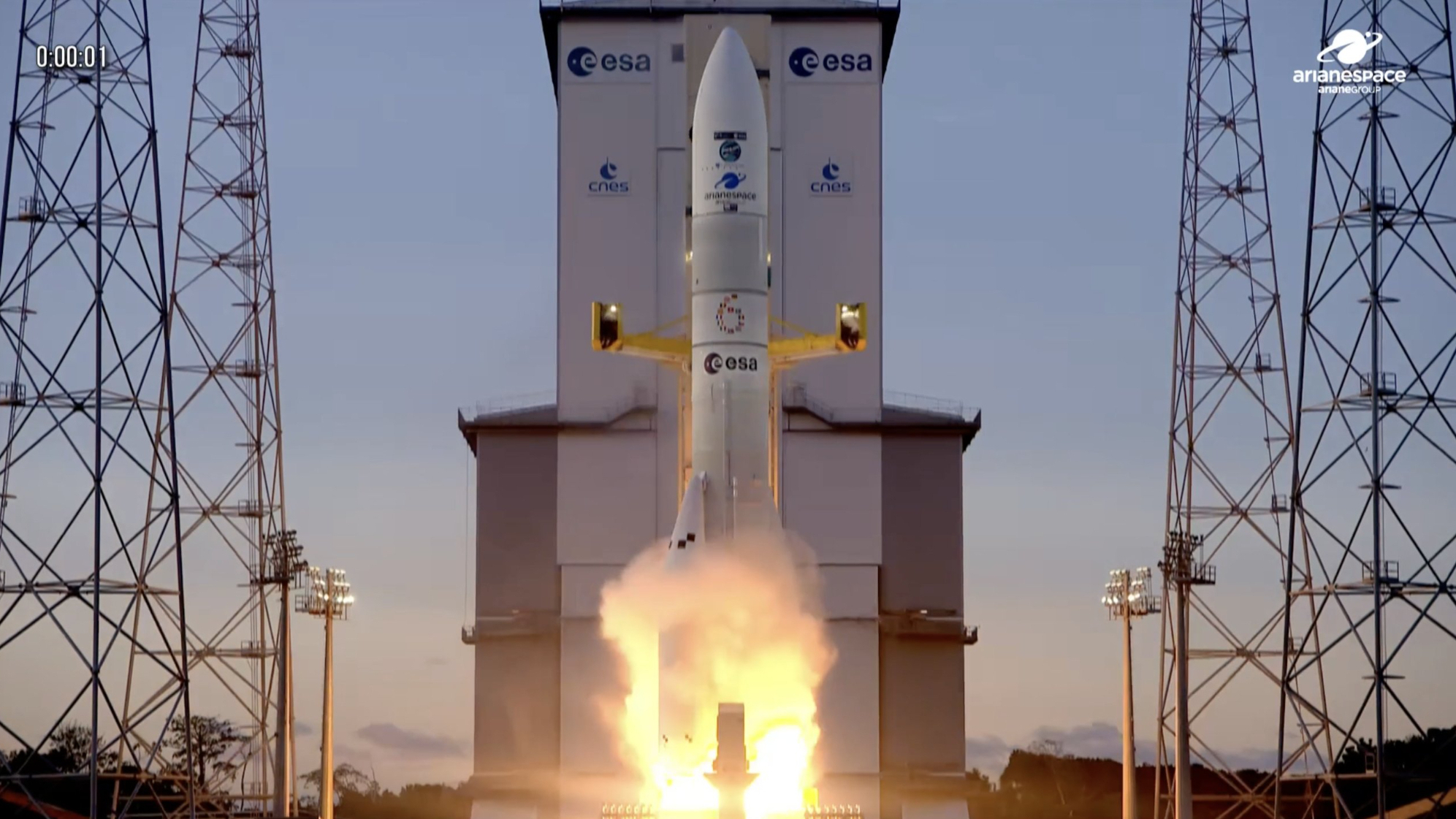Alpha Centauri Stars & Planet Explained: Our Nearest Neighbors (Infographic)

Two bright stars, Alpha Centauri A and B, form a binary system orbiting each other at about the distance from our sun to the planet Uranus. A third star, Proxima, is much dimmer and may be gravitationally bound to the other two. These are the stars closest to Earth.
Astronomers at the European Southern Observatory announced in Oct., 2012 the discovery of a planet similar in size to the Earth orbiting Alpha Centauri B. The planet, called Alpha Centauri Bb, is too close to its star to be habitable, but it is the closest alien world yet found.
Even the closest star is more than 266,000 times farther away than our own sun. Light, the fastest thing known, takes only eight minutes to travel to us from the sun, but requires more than four years to get to the nearest star. A spacecraft like NASA's Voyager 1 probe would take 40,000 years to reach the Alpha Centauri system.
Poll: Should We Visit Earth-Size Planet in Alpha Centauri?
Alpha Centauri B is in an elliptical orbit that takes it to 11 astronomical units of star A every 80 Earth years. The third star, Proxima, is 15,000 AU, or nearly a quarter of a light-year, from the other two stars.
The stars of Alpha Centauri can best be seen from latitudes below about 29 degrees North.
Breaking space news, the latest updates on rocket launches, skywatching events and more!
- Images: Closest-Ever Alien Planet, the Earth-Size Alpha Centauri Bb
- Earth-Size Planet Orbiting Nearest Star Discovered | Video
- Alpha Centauri: Nearest Star System to the Sun
Follow SPACE.com on Twitter @Spacedotcom. We're also on Facebook & Google+.

Karl's association with Space.com goes back to 2000, when he was hired to produce interactive Flash graphics. From 2010 to 2016, Karl worked as an infographics specialist across all editorial properties of Purch (formerly known as TechMediaNetwork). Before joining Space.com, Karl spent 11 years at the New York headquarters of The Associated Press, creating news graphics for use around the world in newspapers and on the web. He has a degree in graphic design from Louisiana State University and now works as a freelance graphic designer in New York City.
